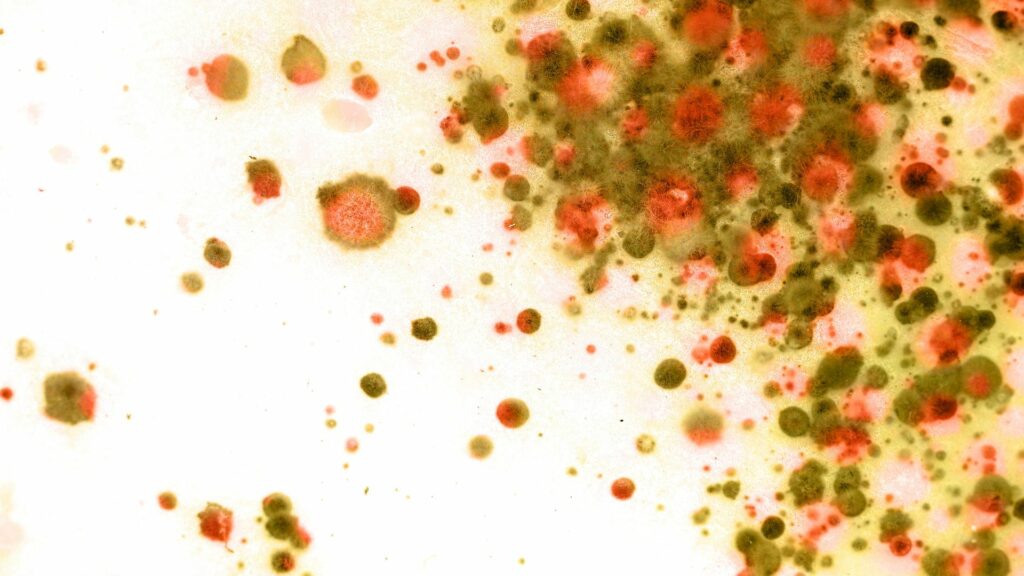A researcher at the VUB in Brussels has discovered that fungi can be used to repair traditional building materials and make them self-healing by creating a very fine network of 'mycelial threads' to hold a substance together.
These 'mycelial threads' are a binding element similar to the roots of plants, and could even be used to repair concrete in the future as well as provide a sustainable alternative to increasing the lifespan of other construction elements.
"Fungi lend themselves well to repairing concrete in places that are normally difficult to reach," explained Engineer-architect Aurélie Van Wylick in a press statement released by VUB. "The fungi are able to seal micro-cracks by building up a structure of calcium carbonate, the same material from which stalactites are made. This protects the reinforcement from moisture and oxygen so that corrosion has less chance."
Activate when cracks appear
Van Wylick’s experiments have included inserting capsules containing a concentration of fungal spores into concrete with surprising results. "The spores in the capsules are in a dormant state and can survive in that state for a very long time," Van Wylick explained in the press release. "They only become active again from the moment they are exposed to air and moisture, and that only happens when cracks appear in the concrete."
"When the spores are activated, they germinate and weave a large and dense network of mycelial threads, on which calcium carbonate will precipitate," the VUB researcher added. "Then the concrete is hermetically sealed again. After that, the spores go into a dormant state until they are woken up again by moisture and air."
Related News
- Brussels looks to Copenhagen for sustainable transition inspiration
- 'Every leaf counts': How cities can pioneer climate innovations
While the initial research has been positive, concrete contains alkaline which hinders the growth of fungi, which needs an environment of average acidity to thrive. Van Wylick is working towards solving this problem, but admits that this phase of her research is likely to take a few more years.

